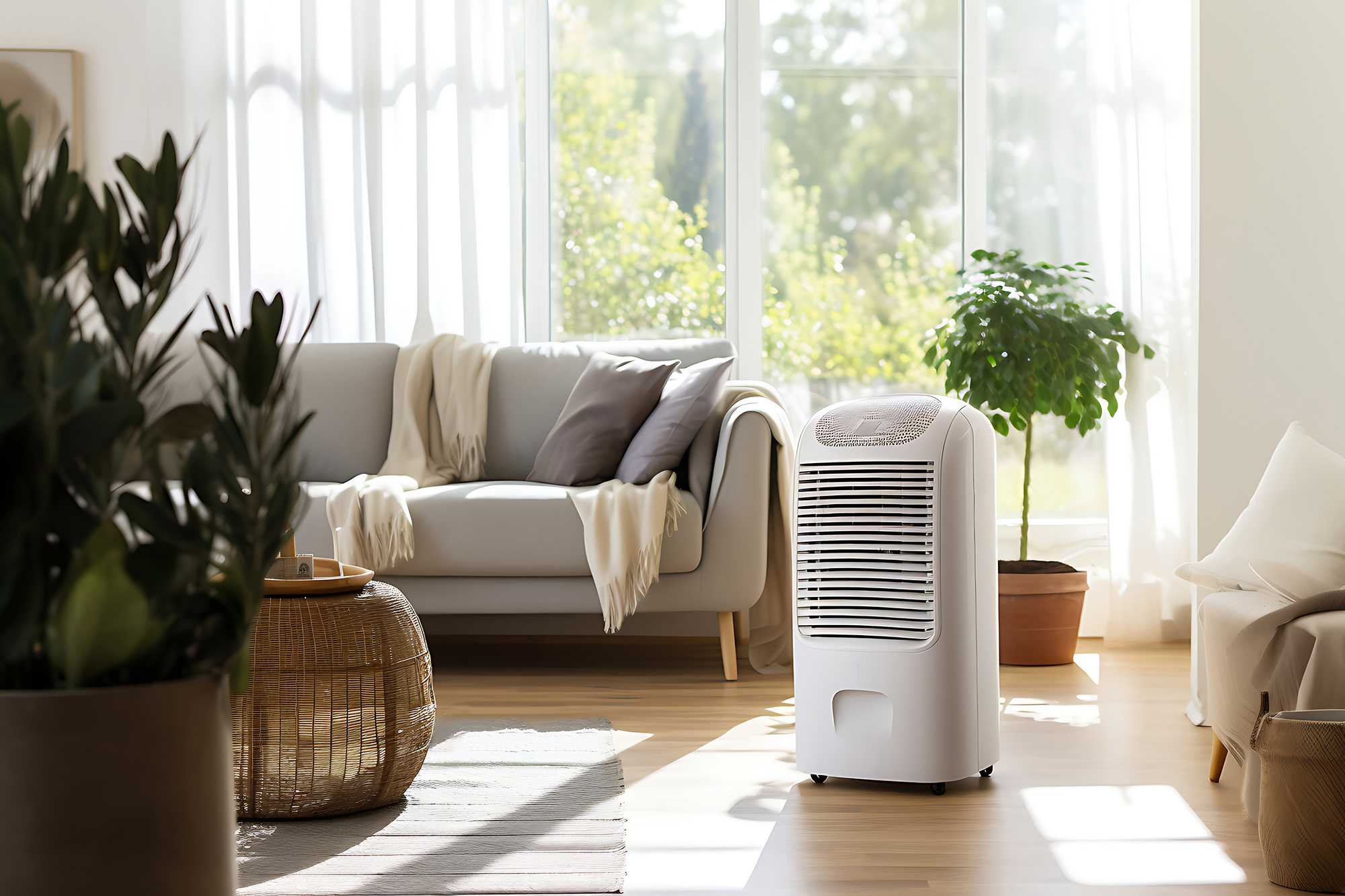Mold is a common occurrence in homes but it doesn’t have to strike fear in residents. Find out when mold means you’ve got trouble brewing. Part One of a Two-Part report. Click here to read Part 2.
It’s been a rainy spring in the DC-Metro area, with both March and April coming in warmer and wetter than in previous years. According to The Washington Post’s Capital Weather Gang, the region got 4.89 inches of rain in March which was 1.39 inches above normal and the most since 1998. April was a drier month but already in May, we are in a precipitation surplus, running about 5 inches wetter than last year up to this point.
All of this moisture creates the perfect breeding ground for mold, which is a fungus and sometimes referred to as mildew. Mold forms and spreads on various kinds of damp or decaying organic matter, resulting in many different mold species that come in many different colors and are found both indoors and outdoors in all climates, during all seasons of the year.
Problems arise when mold is transported into homes and living spaces through the air or water that seeps or leaks into properties. A 2022 report from the National Institute for Occupational Safety and Health Centers for Disease Control and Prevention estimated that around 47% of all homes in the U.S. have some mold or dampness. According to the Centers for Disease Control (CDC), mold will grow where there is moisture, such as around leaks in roofs, windows, or pipes, or where there has been a flood. Mold grows on paper, cardboard, ceiling tiles, and wood and can also grow in dust, paints, wallpaper, insulation, drywall, carpet, fabric, and upholstery.
Mold produces allergens (substances that can cause allergic reactions), irritants, and in some cases, potentially toxic substances (mycotoxins), and affects people and pets in different ways. Inhaling or touching mold or mold spores may cause allergic reactions in sensitive individuals. Allergic responses include hay fever-type symptoms, such as sneezing, runny nose, red eyes, and skin rash (dermatitis). Allergic reactions to mold are common and can be immediate or delayed. Molds can also cause asthma attacks in people who are allergic to mold, and exposure can irritate the eyes, skin, nose, throat, and lungs – even for people who aren’t affected by allergies.
Because moisture has many places it can accumulate within a building, here are some basic tips from the CDC to limit how mold from spreading:
- Keep humidity levels in your home as low as you can – no higher than 50% – all day long. An air conditioner or dehumidifier will help you keep the level low. You can buy a meter to check your home’s humidity at a home improvement store. Humidity levels change over the course of a day so you will need to check the humidity levels more than once a day.
- Be sure the air in your home flows freely. Use exhaust fans that vent outside your home in the kitchen and bathroom. Make sure your clothes dryer vents outside your home.
- Fix any leaks in your home’s roof, walls, or plumbing so mold does not have moisture to grow.
- Clean up and dry out your home fully and quickly (within 24–48 hours) after a flood.
- Add mold inhibitors (such as Kilz) to paints before painting.
- Clean bathrooms with mold-killing products.
- Remove or replace carpets and upholstery that have been soaked and cannot be dried right away. Consider non-fabric alternatives to carpeting in places like bathrooms or basements that may have excessive moisture.
If you are a seller or landlord, know that leaks and signs of mold – both active and historic – can be a deal breaker for many people and may be a disclosure issue for the owner (and their real estate agent). It’s critical to fix any known leaks and take preventative measures to ensure water and moisture is eliminated from areas where it shouldn’t be. For landlords, most leases state that if there is visible evidence of mold in the premises, a new tenant has the option to not rent the property and an existing tenant may terminate their existing lease. If a tenant decides to remain in the property, the landlord must remediate the mold condition immediately (usually within no more than five days) and provide a report to the tenant that the mold has been removed. Mold remediation can cost about $2.50 per square foot, or about $5,000 for a 2,000-sq.ft. property.
If you are purchasing a property, a home inspection can help identify areas of moisture concern. Your home inspector can employ a moisture-reader to check common areas for water to accumulate, while a more comprehensive DMAT scoring system – Dampness and Mold Assessment Tool – can be used to evaluate larger buildings like schools, offices, and multiple-dwelling units. Keep in mind that not all insurance policies will cover mold remediation so check your policy to see what type of coverage is included.
The best way to combat mold is to prevent moisture from accumulating in the first place and creating a home that is environmentally hygienic, a topic we will cover more extensively in our article next week with Paul Ramsey of RTS Environmental Services, Inc., a local inspector well-versed in the challenges of addressing mold, asbestos, radon, and other environmental contaminants.
To learn more about preventing mold in your home, check out the EPA’s book A Brief Guide to Mold, Moisture, and Your Home. Our McEnearney Associates | Middleburg Real Estate | Atoka Properties Realtors® are trusted advisors who can connect clients with vendors who can address mold issues and ensure a property is dry, safe, and healthy for all.
Take a look at our website for all of our listings available throughout Washington, D.C., Maryland, and Virginia.
Don’t miss a post! Get the latest local guides and neighborhood news straight to your inbox!

 Facebook
Facebook
 X
X
 Pinterest
Pinterest
 Copy Link
Copy Link






